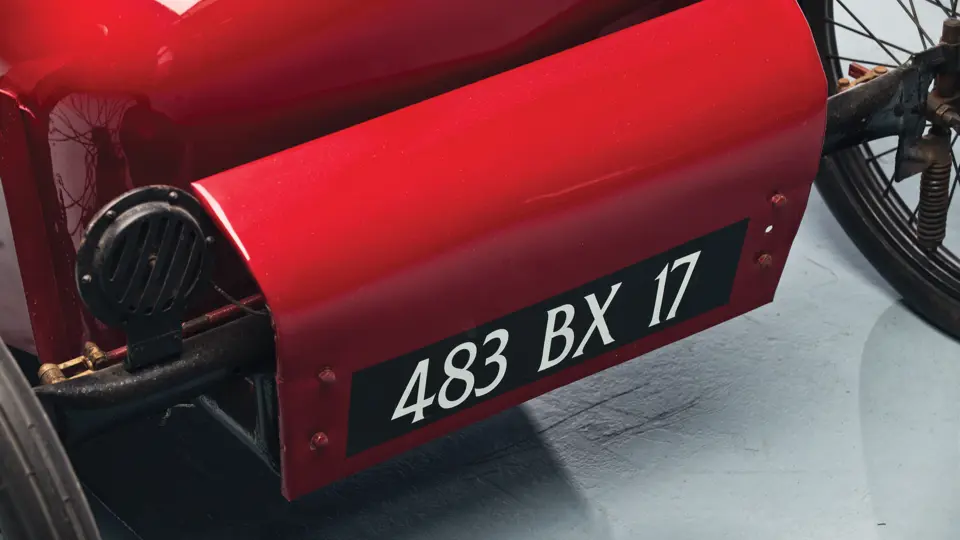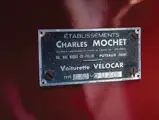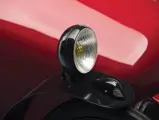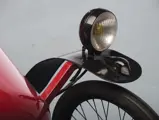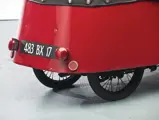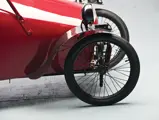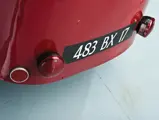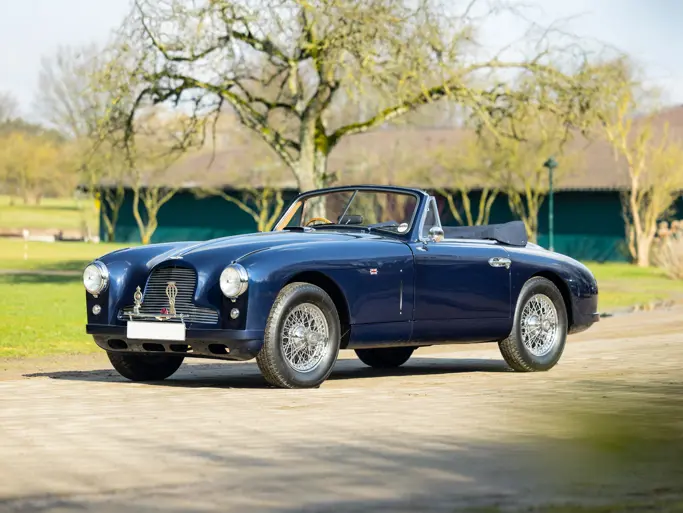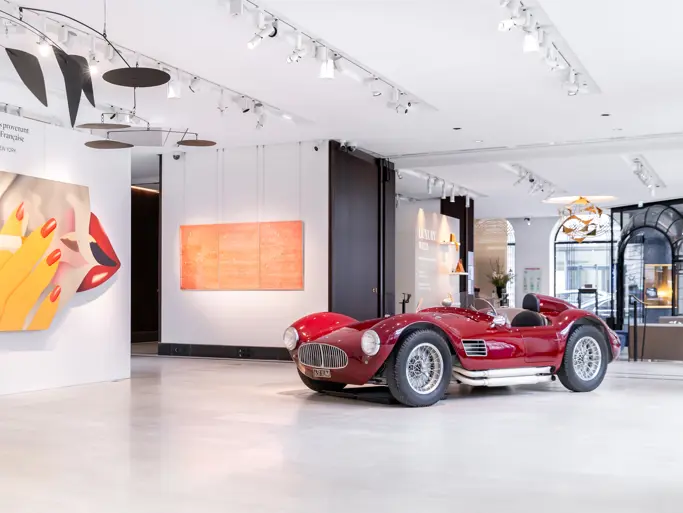SPECIFICATIONS
Manufacturer: Charles Mochet
Origin: Puteaux, France
Production: 650
Motor: Zurcher 1-cyl, 2-stroke
Displacement: 125 cc
Power: 3.5 hp
Length: 7 ft. 11 in.
Identification No. 2020
Georges Mochet had done very well during the Occupation. He had supplied the ideal vehicle for a population unable to obtain gasoline for five years. The pedal-powered Velocar fulfilled a need for basic transportation, and it provided a certain amount of dignity. A blind person could feel useful pedaling in the passenger seat while his wife steered. Six thousand were eventually sold, providing the funding for an expansion into the world of small cars after the war.
The first tentative step was the fitting of a motor onto the tail of a Velocar, this becoming the Type H. While this fitted into Mochet’s philosophy of minimalism, he now had to compete in a post-war sea of microcars. The plywood body fell short in comparison, so it was time for the first Mochet car.
The Type K was made entirely of steel, and for the first time, it lacked a set of pedals. The motor was a Zurcher, same as in the Type H, but it was upgraded to a 125-cubic centimeter version with a separate gearbox. The chassis was still similar, with unsuspended front wheels and contracting band brakes on the rear. The body followed Mochet’s philosophy of minimalism, this also pertaining to construction methods. All panels were flat sheet metal, easily folded and flanged in a brake-press in a combination of triangular shapes and sharp corners, which gave the body strength but fell somewhat short in aesthetics. The windshield was very characteristic of the type, with its heavy tube frame bolstered by a reverse-angle splash shield forming a triangular shape in profile. There was a single “Cyclops” headlamp. As with previous models, a basic vehicle could be purchased at low cost and accessorized later with such items as a top and side-screens.
The Model K was produced from 1947 to 1949, and toward the end, it received a radical makeover in appearance, with a new body comprised of smooth, curving shapes. The compound-curved nose had a separate flat axle-cover in front. Front fenders were thin and short, in the traditional “S” curve. All sheet metal was smooth, with no detail pressings or features. This car was restored in France and features the twin headlamps seen on the late examples. It has been fitted with period early-fifties Marchal blinkers on the fender tops. The “Type CM” on the ID plate is typical, as Type K was a sales department designation.

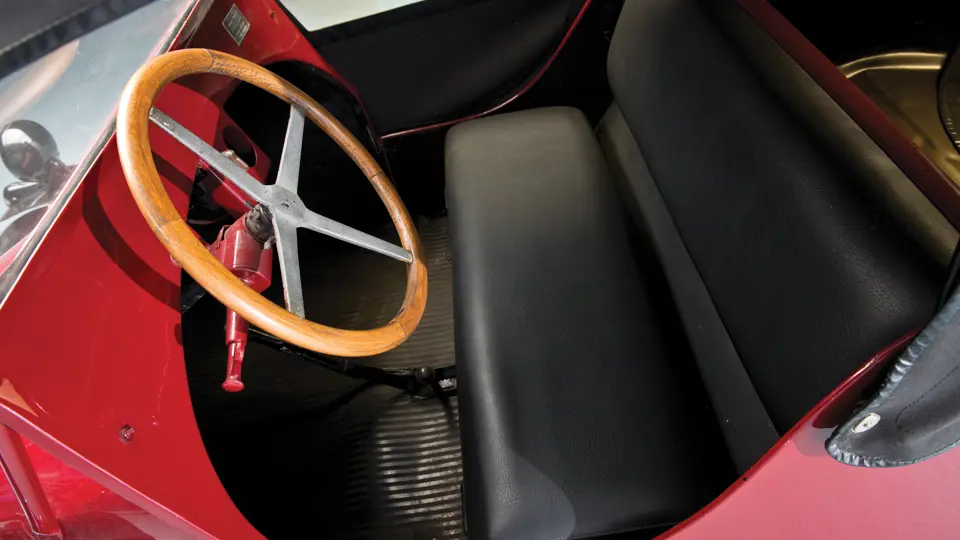


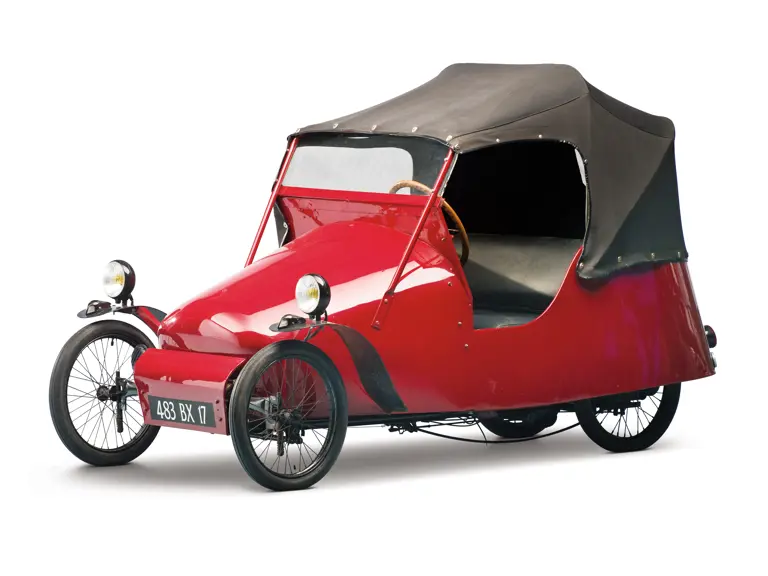
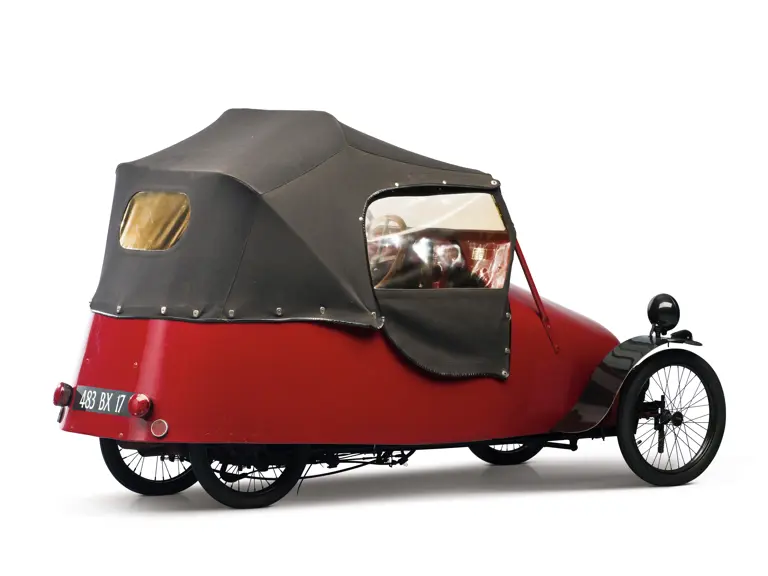
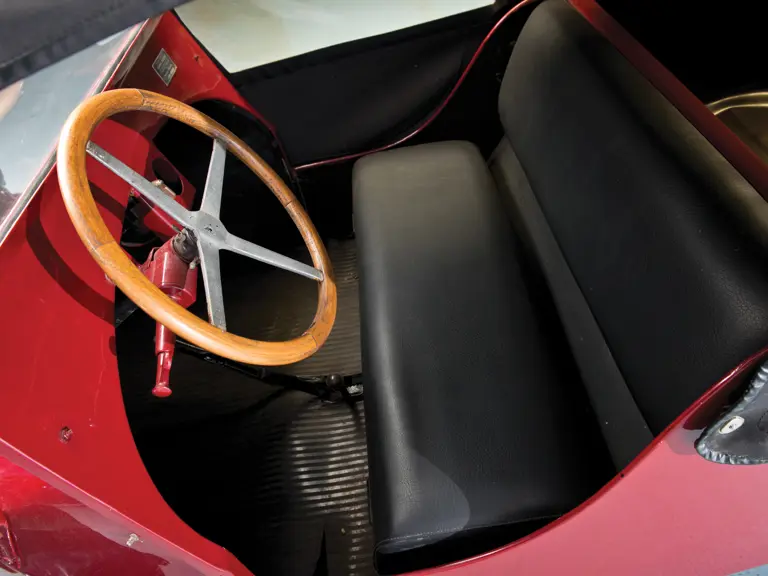
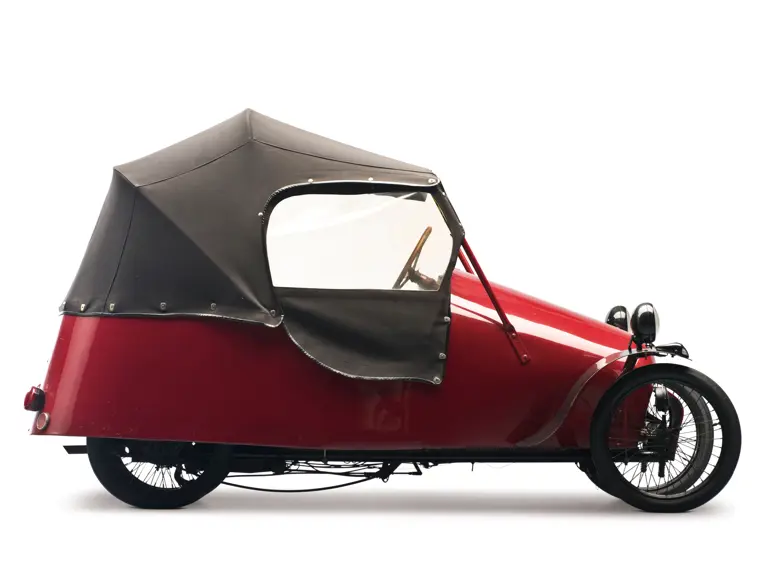
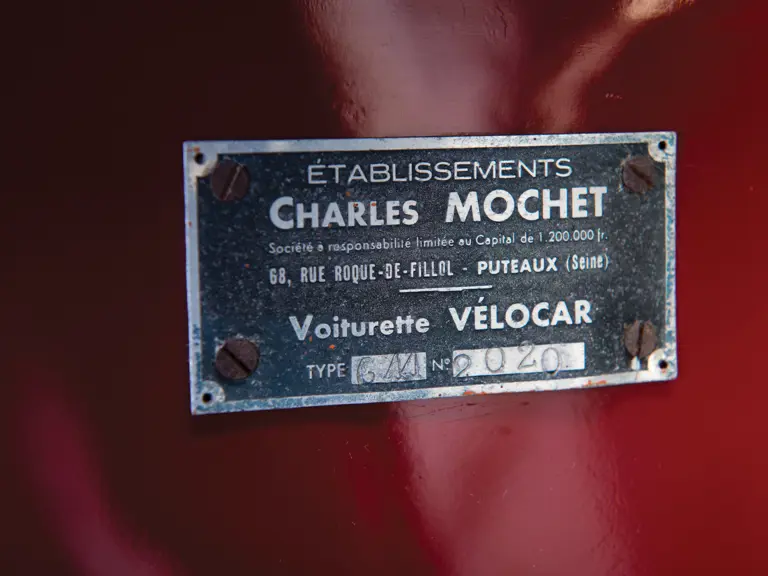

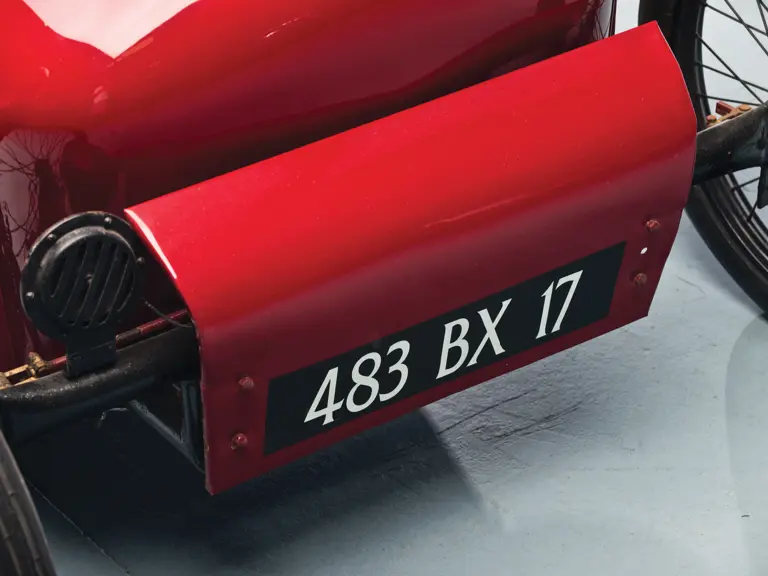
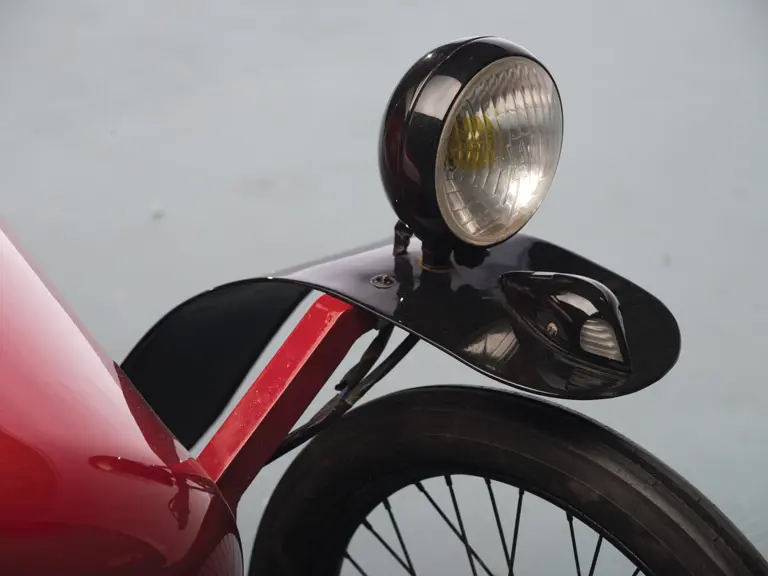
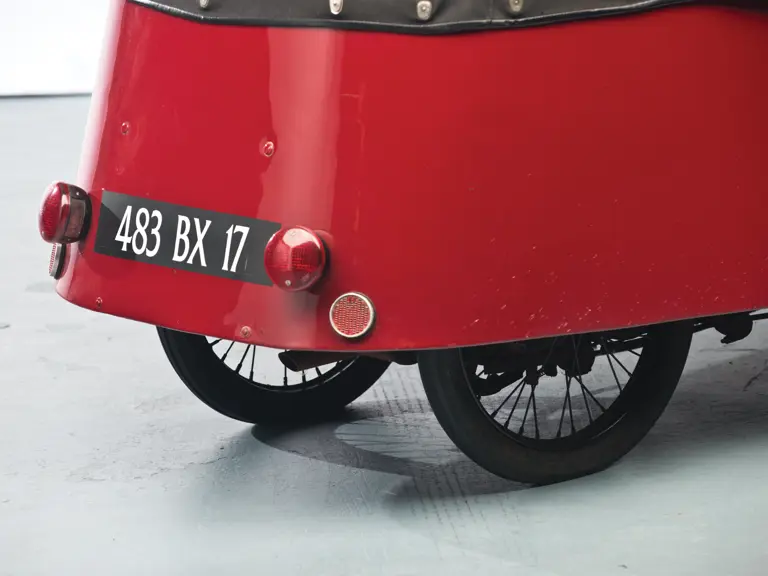
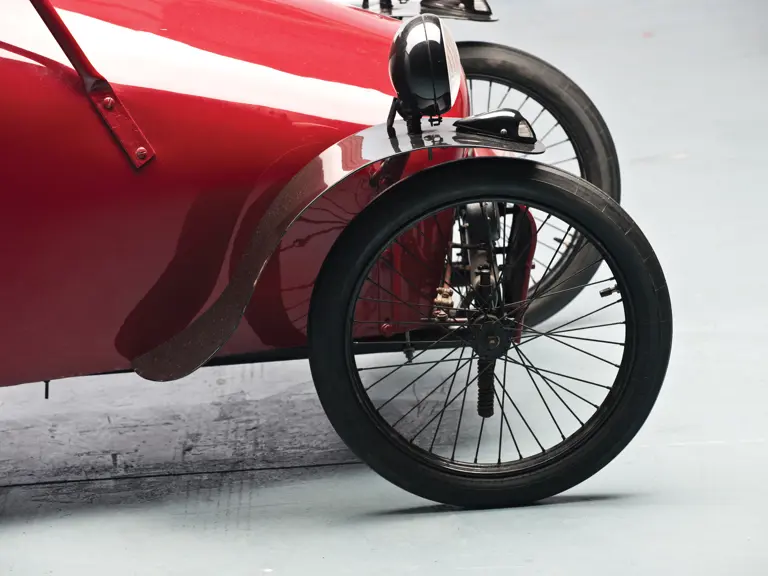

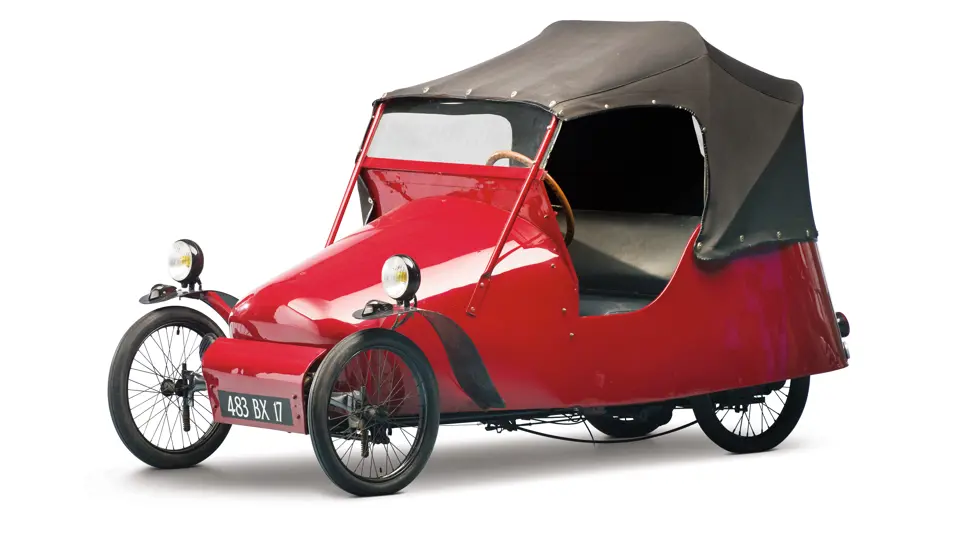
 | Madison, Georgia
| Madison, Georgia


